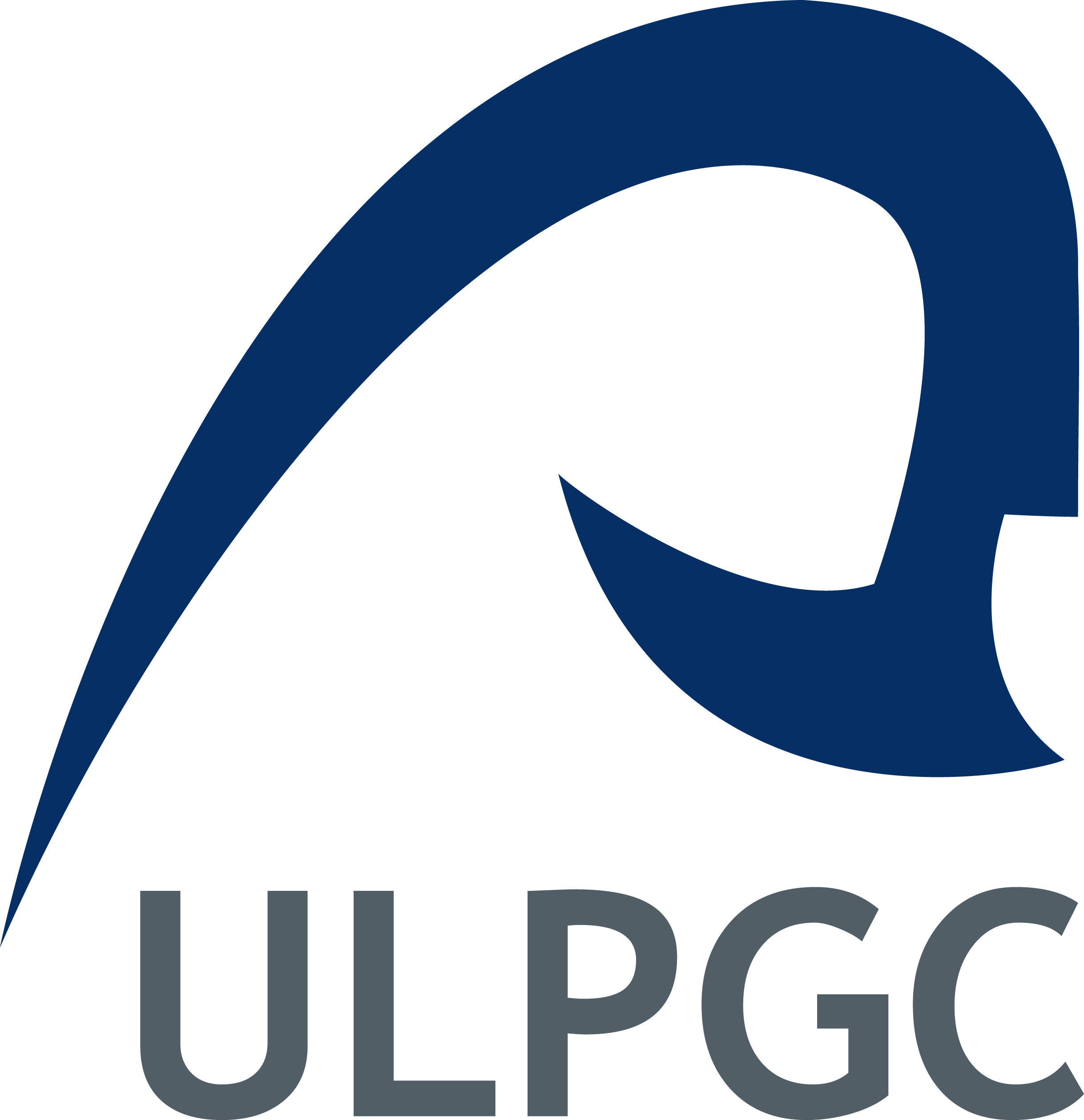Ph.D. Program in Oceanography and Global Change at the Canary Islands, Spain
One of the most understudied regions in the world oceans is the twilight zone which is the domain of the mesopelagic community. Mesopelagic zone refers to the intermediate pelagic water masses between the euphotic zone at 200 m depth and the deep bathypelagic zone where no light is visible at about 1000 m (Salvanes and Kristoffersen, 2001). The mesopelagic community plays an integral role in carbon sequestration and thus climate regulation (Hudson et al. 2014). At the same time, it is a key resource for higher trophic levels, serving as prey for marine mammals and key fisheries stocks such as tunas, billfish and sharks (Potier et al. 2007, Brophy et al. 2009, Saijo et al. 2016, Skomal et al. 2017), thereby influencing and maintaining biodiversity (St. Jones et al. 2016). Hence, the mesopelagic community directly impacts upon fisheries as well as climate via the biological carbon pump (Davison et al. 2013, St. Jones et al. 2016).
Recently, the depletion and increased regulation of shallow-water fishery resources have generated greater interest in the potential of deep-water fisheries. The probable high biomass there raised the interest in their exploitation, mainly as a fish meal (Prellezo, 2019), but other potential exploitation pathways for high value compounds, such as nutraceuticals (Anderson et al. 2019, St. John et al. 2016), cosmetics (Vipin et al. 2012) and pharmaceuticals, are also possible.
This thesis project will try will characterize the West-African mesopelagic zone (using marine surveys data) through different axes:
Axe 1: Characterization of the mesopelagic zone (physically and biologically) using big data of marine research surveys and satellite data.
Axe 2: Evaluation of mesopelagic fish biomass, feasibility of its exploitation, and evaluation of impacts of such exploitation on biodiversity, fishery and climate.
Axe 3: Quantification of carbon flux through primary production to mesopelagic fish and its role in carbon mitigation and climate change.
Axe 4: The link between the distribution of mesopelagic organisms and deep-sea fishery in Mauritania and high predators’ behavior.




